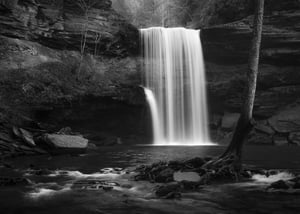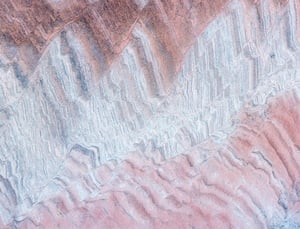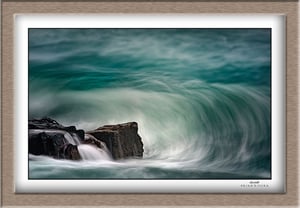How is it that two photographers can visit the same landscape at the same time, but one of them manages to take a better photo? It’s not about equipment, or camera settings, or sharpness. Instead, it’s all about composition. Composition is how you arrange the elements of your photograph to...
Composition and Art Category Archive - Page 9
The Importance of Simplicity, Patterns and Details
When my wife and I are out and about on a photography tour I like to let my mind wander and keep my eyes 'fresh' so I don't get too locked in on one particular type of image composition. We recently spent a couple of weeks in Nova Scotia doing...
Composition Tip: Give Your Subjects Breathing Space
Composition, in general, can seem like a fuzzy concept to many photographers. Trying to frame an image in a way that “works” is not something that is intuitive, even for people who have been taking pictures for years. And, unlike other aspects of photography — focusing, selecting a sharp aperture,...
Minimalism in Photography: The Good and Bad
As people look at photos on smaller and smaller screens, there has been a growing trend towards taking photos that are more and more minimalist. Especially on platforms like Instagram, minimalism is exploding; it’s everywhere, and it has been for a while now. There are some pros and cons of...
The Simple Act of Walking
A path to the discovery of self. We’ve all seen it. Photographs pour fourth like a never-ending stream as wave after wave of photographers visit the same tired spots trying to put down their mark. Every photo seems to literally vibrate with dramatic lines, amped color, and skies ablaze with...
A Study in Light, Directionality and Mood
In the first of a series of follow-up articles to The Quality of Light, I have posted this article to share a series of photographs (along with the thought processes behind them) that I hope will accentuate the interplay of light, directionality, shadows, and mood in landscape photography. As previously discussed,...
What is Fine Art Photography?
People frequently ask me what exactly is fine art photography? Before I answer, I usually take a big breath and brace myself to answer the question in the time it takes to ride a few floors in an elevator as they usually expect a quick answer. And, despite my apprehension...
Rule of Thirds: Does It Really Work?
Perhaps you read our composition tips for landscape photography and realized something interesting: It never mentions the rule of thirds. If you aren’t familiar with this technique, you’re rare — the rule of thirds is, by far, the most common rule of composition you’ll find in photography. But does it actually...
What is Landscape Photography?
The most fundamental part of taking good landscape photos is knowing what landscape photography is in the first place. I'm not talking about dictionary definitions here, either - what matters is how it works in practice. So, what is landscape photography, and why is it so amazing? Landscape Photography Definition...
The Quality of Light
In a follow-up to a previous article, “A Study in Vision, Light, and Shadows”, I decided to share my thoughts and experiences on my most inspiring topic in photography - light. For simplicity, I decided to write about light in a narrow context from the perspective and experience of a landscape...









